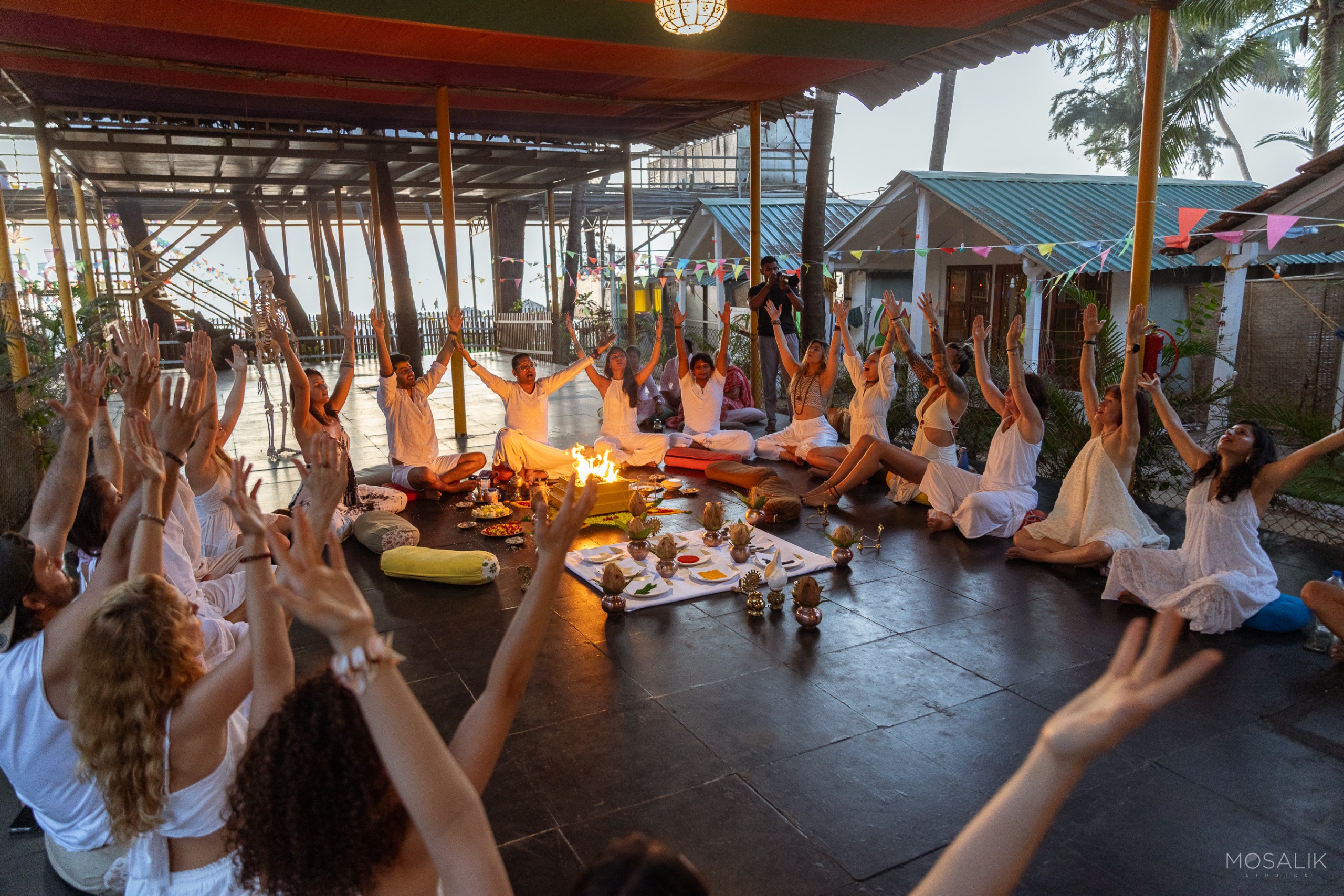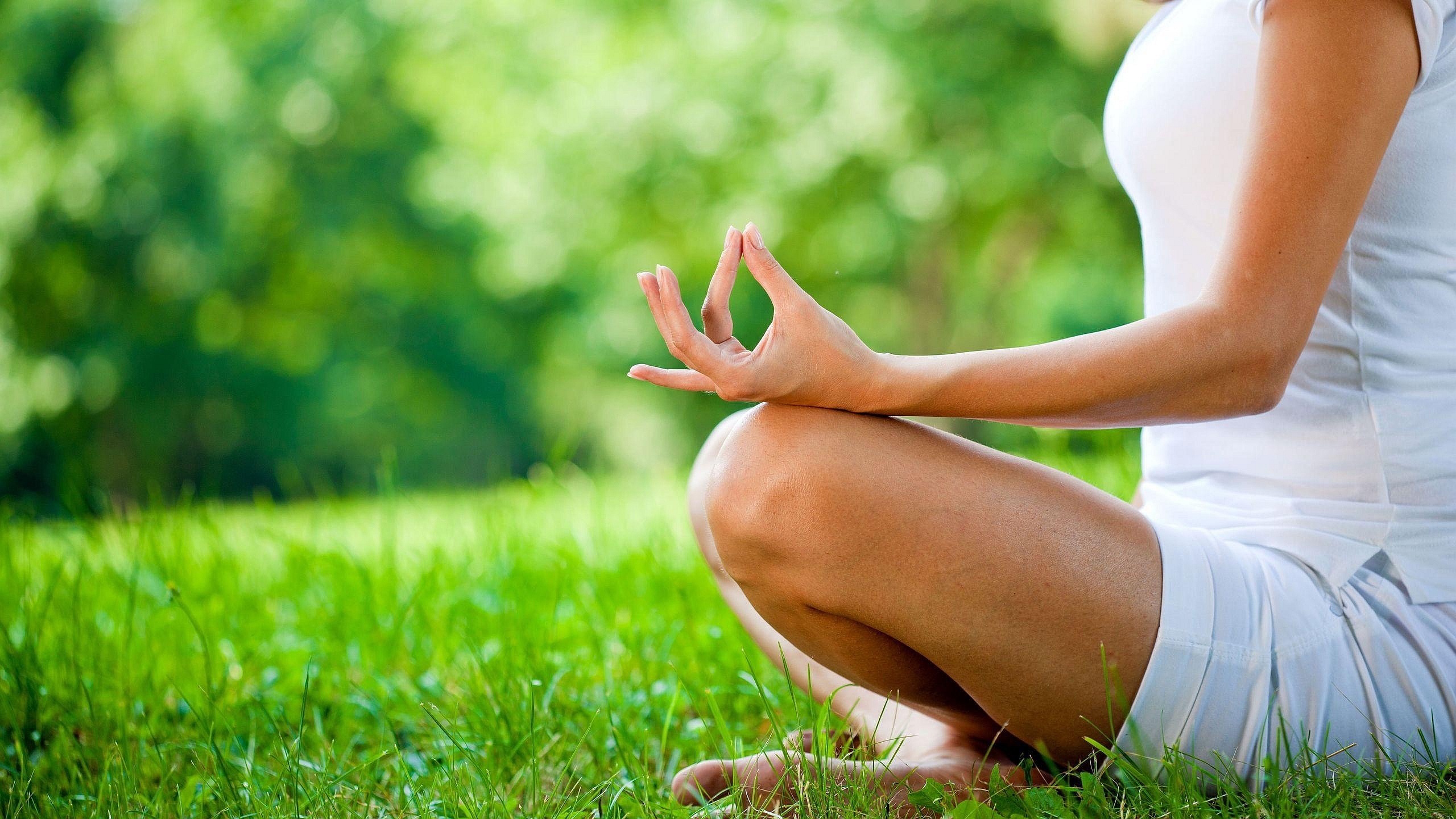Yoga, with its ancient roots, has transcended time and culture to become a universal practice. It is a holistic journey that intertwines physical postures, mindful breathing, and meditation. Yet, there persists a misconception that yoga is reserved for a select few—those with a specific body type, age, or fitness level. In reality, yoga is a welcoming sanctuary for all, irrespective of their background or abilities. Let us explore the inclusivity of yoga and how it fosters a sense of community.
The Universal Appeal of Yoga
Yoga knows no age limits. From the exuberance of children to the wisdom of seniors, it adapts gracefully to each stage of life. For our little ones, yoga becomes a playful adventure—a chance to enhance flexibility, strength, and focus. Seniors find solace in gentle movements and mindfulness practices that maintain mobility and improve balance.
But what about those navigating health challenges? Yoga embraces them too. Whether recovering from an injury or living with a chronic condition, modified poses and techniques cater to individual needs. Beyond the physical, yoga’s mental and emotional benefits are equally universal. It alleviates stress, anxiety, and depression while enhancing clarity and overall well-being.
In essence, yoga meets everyone where they are, supporting their journey toward holistic health.
Types of Yoga for Every Body:
Diversity thrives within the world of yoga, offering a style for every seeker:
Hatha Yoga: A gentle, slower-paced practice ideal for beginners. It focuses on basic postures and breathing techniques.
Vinyasa Yoga: Dynamic and flowing, it links movement with breath, creating a dance on the mat.
Yin Yoga: A meditative practice involving passive stretches held for extended periods. It invites deep relaxation.
Restorative Yoga: Here, props cradle the body in restful poses, allowing complete rejuvenation.
Breaking Down Barriers
Inclusivity is not a mere buzzword; it is the heartbeat of the yoga community. Here’s how we dismantle barriers:
- Body Diversity: Yoga celebrates all bodies—whether curvy, athletic, or somewhere in between. The mat is a judgment-free zone.
- Age: From toddlers to elders, everyone finds their place. Yoga adapts, ensuring that each age group thrives.
- Physical Abilities: Yoga’s versatility accommodates varying abilities. It’s not about touching your toes; it’s about touching your soul.
- Health Conditions: Yoga offers solace to those healing. Modified poses and gentle practices nurture their well-being.
- Ethnicity and Background: Yoga transcends borders. It unites us in breath, reminding us of our shared humanity.
Creating a Welcoming Space
As practitioners and teachers, we hold the key to inclusivity. Let’s:
- Mind Our Language: Use words that embrace all. Avoid assumptions about someone’s abilities.
- Adapt Classes: Tailor sessions to diverse needs. Offer variations and modifications.
- Cultivate Compassion: Understand that everyone’s journey is unique. Be patient and supportive.
- Celebrate Differences: Our mats weave a tapestry of colors, cultures, and stories. Let’s honor them.
Conclusion
Yoga’s magic lies in its ability to unite—across continents, ages, and backgrounds. It whispers, “Come as you are.” So, whether you’re a seasoned yogi or a curious beginner, unroll your mat. The community awaits, arms wide open, ready to breathe, stretch, and grow together.
What is inclusion in yoga?
In yoga, diversity and inclusion refer to establishing a space that is inclusive and welcoming to individuals of various backgrounds and capabilities. This encompasses individuals of diverse races, ethnicities, and cultures, as well as those with varying body shapes, ages, genders, and sexual orientations.
How can you make yoga more inclusive?
Making yoga more inclusive is essential to create a welcoming and empowering environment for all practitioners.
Here are some do’s and don’ts that can help make yoga classes more inclusive:
- Ask About Injuries: Before class, individually inquire about injuries rather than asking the entire group. This approach allows students to share concerns about their bodies and normalizes the idea that it’s okay to practice with an “imperfect” or injured body.
- Set the Tone: Begin your class with language that makes it clear your classroom is a low-pressure, judgment-free, non-competitive, and inclusive space. Emphasize that everyone is welcome, regardless of their abilities or experience.
- Normalize Opting Out: Encourage students to opt out of poses if they need to. This creates opportunities for diversity in your classes and ensures that everyone feels comfortable and respected.
- Avoid Hierarchy: Refrain from mentioning the value or hierarchy of achieving the full expression of poses. Instead, focus on individual progress and growth.
- Mind Your Language: Avoid metaphors and similes that may exclude or confuse certain students. Use clear and straightforward cues to describe feelings and sensations.
- Respect Personal Space: Be mindful of personal space and boundaries. Remember students’ names and greet them into every yoga class. Take extra time to welcome newcomers and explain the class structure.
- Celebrate Differences: Recognize that everyone’s journey is unique. Celebrate the diversity of bodies, backgrounds, and abilities in your yoga community.
By implementing these practices, we can create a more inclusive and supportive yoga experience for all.



